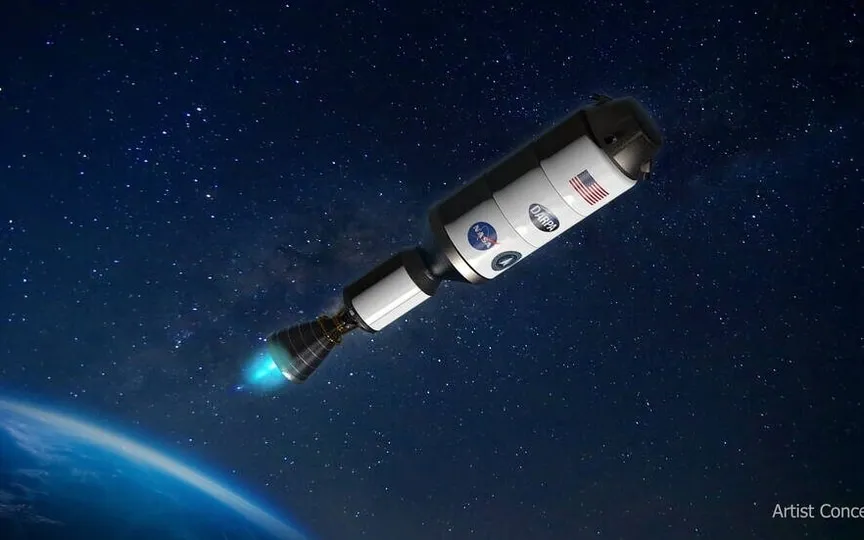Revolutionising Space Travel: NASA to Utilise Nuclear-Powered Rocket
NASA and the Defense Advanced Research Projects Agency (DARPA), operating under the US government, have introduced an ambitious strategy to transform space exploration. Their collaborative project, named the Demonstration Rocket for Agile Cislunar Operations (DRACO), seeks to elevate space travel to unprecedented levels through the utilization of nuclear-powered rockets. Lockheed Martin has been selected to spearhead the development, building, and testing of this groundbreaking rocket, with a projected launch into space expected by 2027.
The DRACO program
The DRACO program represents a huge leap forward in propulsion technology, offering the possibility of significantly shortening crews to Mars, making them less complex and safer for astronauts.
The use of nuclear power in rockets offers many advantages. In particular, nuclear-powered rockets are more than twice as efficient as traditional chemical rockets, and they require significantly less fuel and increase the payload of scientific equipment.
Lockheed Martin takes the lead
Lockheed Martin is responsible for designing, integrating and testing the spacecraft, while BWX Technologies, based in Lynchburg, Virginia, is responsible for developing the nuclear fission reactor that powers the rocket.
Under the direction of NASA’s Space Technology Mission Directorate (STMD), the overall management and operation of the nuclear-powered DRACO engine is overseen. Dr. Prasun Desai, deputy administrator of STMD at NASA Headquarters in Washington, emphasized the importance of previous investments in commercial nuclear power technology. He noted, “Now the investment is coming full circle as we partner with these same companies to build the first nuclear-powered rocket to fly in space.”
Advancing nuclear space technology initiatives
In addition to the DRACO program, NASA collaborates with the Department of Energy and industry on other space nuclear technology initiatives. These projects include the Fission Surface Power project and a separate effort to explore possible designs for future nuclear-thermal spacecraft.
To fuel the DRACO partnership, NASA has pledged up to $300 million, which includes up to $250 million for the nuclear-powered engine design and development contract. The investment also includes the technical supervision and expertise of the agency’s personnel.
With the DRACO project, NASA and its partners are taking a significant step toward the potential of nuclear power in space, bringing human missions to Mars and beyond closer to reality than ever before. The future of space exploration looks brighter, as it promises faster, safer and more efficient travel through the cosmos.




